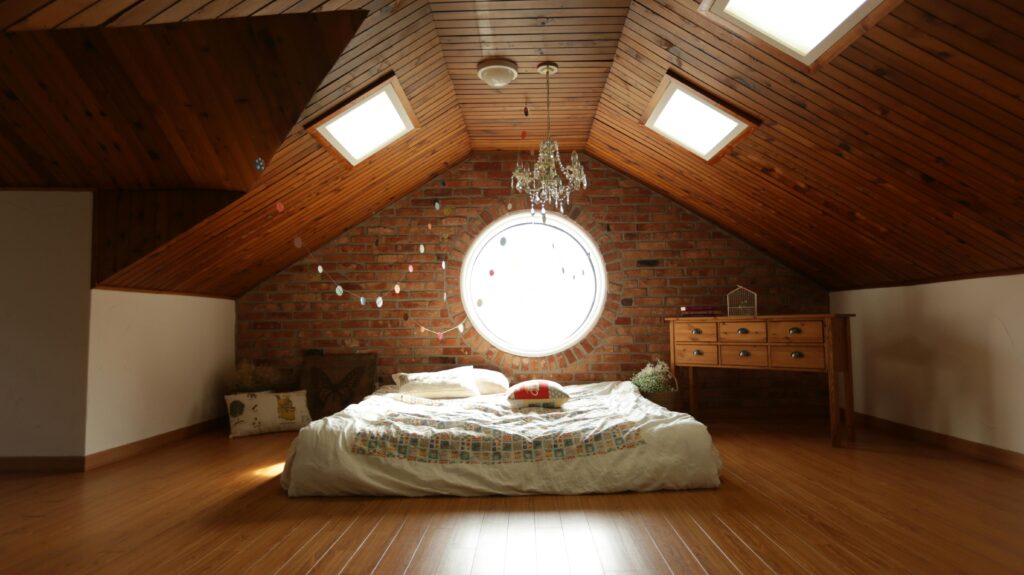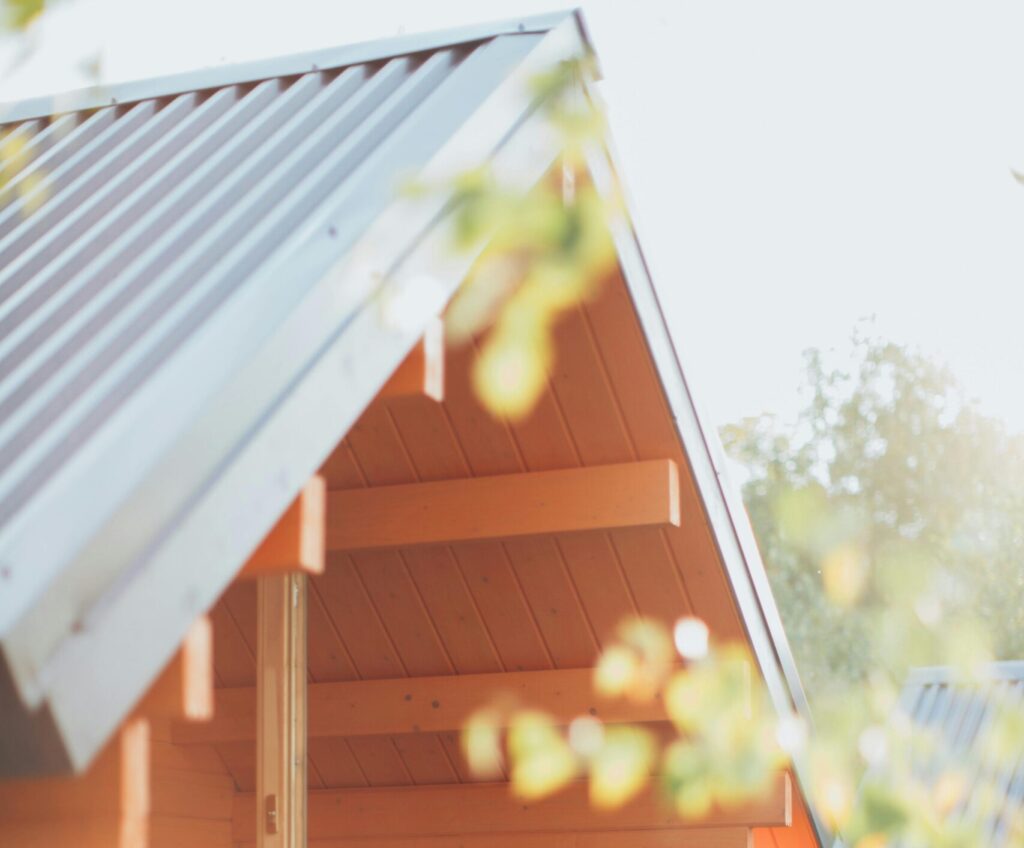A warm roof, or inverted roof, is a roofing system that places the insulation layer above the waterproofing membrane. This design offers several advantages over traditional cold roofs, including improved energy efficiency, enhanced waterproofing, and reduced maintenance.
How Warm Roofs Save Energy
- Reduced Heat Loss: In colder climates, these roofs help to minimize heat loss from the building’s interior. The insulation layer acts as a barrier, preventing warm air from escaping and cold air from entering.
- Reduced Heat Gain: In warmer climates, these types of roofs can help to reduce heat gain from the sun. The insulation layer helps to reflect solar heat away from the building, keeping the interior cooler and reducing the need for air conditioning.
- Improved Air Quality: By reducing heat transfer through the roof, this roofing system can help improve indoor air quality. It prevents moisture buildup, which can lead to mold and mildew growth.
Calculating Energy Savings
The exact amount of energy savings achievable will vary depending on several factors. Including the size of the building, climate, and specific insulation materials used. However, studies have shown that these roofs can reduce energy consumption by up to 30%.
Key Benefits of Warm Roofs
- Improved Energy Efficiency: Warm roofs offer excellent insulation. They reduce heat loss in winter and heat gain in summer. This translates to lower energy consumption and reduced heating and cooling costs.
- Enhanced Waterproofing: Placing the insulation layer above the waterproofing membrane creates a protective barrier. shielding the membrane from UV rays, extreme temperatures, and mechanical stress. This prolongs the lifespan of the waterproofing system and reduces the risk of leaks.
- Reduced Maintenance: These roofs generally require less maintenance compared to cold roofs. The protected waterproofing membrane is less susceptible to damage, reducing the need for frequent repairs and replacements.
- Increased Roof Life: By shielding the waterproofing membrane from harsh elements, warm roofs can significantly extend the overall lifespan of the roofing system.
- Improved Aesthetics: Warm roofs offer flexible design options. They enable the installation of solar panels, green roofs, and other features without compromising the waterproofing system.
- Increased Roof Lifespan: By shielding the waterproofing membrane from the elements, warm roofs can extend the roofing system’s lifespan.
- Improved Comfort: Warm roofs can help to create a more comfortable indoor environment by reducing temperature fluctuations.
- Increased Property Value: Warm roofs can boost a property’s value. Many homebuyers consider them a desirable feature.

Design Considerations for Warm Roofs
- Insulation Selection: Choose an insulation material with high R-value to ensure optimal thermal performance. Consider factors such as moisture resistance, durability, and environmental impact when selecting insulation.
- Waterproofing Membrane: Select a high-quality waterproofing membrane that is compatible with the chosen insulation material and can withstand the expected loads and environmental conditions.
- Drainage System: Implement a proper drainage system to prevent water accumulation and potential damage to the roof structure.
- Does a Warm Roof Need Ventilation? Yes, warm roofs still require ventilation. Adequate ventilation is essential to prevent moisture buildup and maintain a healthy indoor environment. Ventilation can be achieved through various methods, such as roof vents, soffit vents, and ridge vents.
Warm Roof Costs in the UK
The cost of installing a warm roof in the UK can vary based on several factors, including the size of the roof, the materials used, and the complexity of the installation. On average, homeowners can expect to pay between £90 to £150 per square meter for a warm roof system. This estimate typically includes the cost of insulation, waterproofing, and installation.
However, there may be additional costs depending on the project, such as:
- Roof Repairs: If the existing roof structure needs repair before installation, this can increase the overall cost.
- Specialized Features: If you choose to incorporate features like solar panels, green roofs, or skylights, these will increase the total cost.
Considering a Warm Roof?
In conclusion, warm roofs are a cost-effective way to save on energy bills while also improving the comfort and value of your property.
If you are considering installing a warm roof construction system, it is important to work with a qualified roofing contractor. By doing so, you can maximize the energy savings and other benefits that a warm roof can provide.
Contact Sussex Structural Engineers today to discuss your warm roof options and get started on your project!
Phone number: 01323 409851
Email: [email protected]
